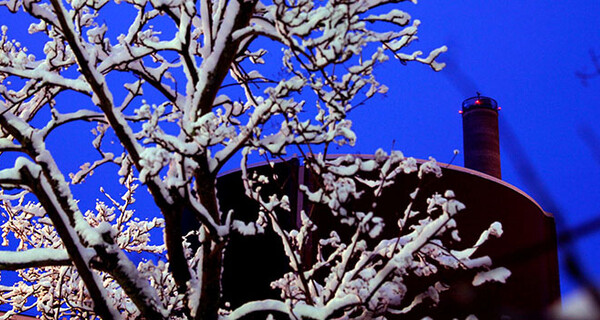Last year we focused in particular on analysing new technological solutions and new reactor designs. In this context, we have evaluated 11 different reactor types on the basis of in-depth data collection. We have also visited some of the plant designers on-site in South Korea, the UK, France and the United States. After collecting and analysing a huge amount of information over the year, we have come to some clear conclusions, three of which I will outline here.
The market has room for both large and small reactors
Many people today are attracted to the idea of small modular reactors, which could in the future be located very close to residential areas, if legislation were to allow such. Modularity and small size would make construction quick, and the reactors would be technically simpler than the traditional larger nuclear power plants.
However, one conclusion of our study is that both types of reactors – large and small – have their advantages and there is room for both in the market. The advantage of the larger ones is that there are good reactors already in commercial operation around the world. For them, the key is how well the construction project is carried out. The construction time for SMRs would be shorter in the future, but the technical development and licensing of these reactor designs is still underway. The first SMRs will inevitably be “first of kind”, and there are risks associated with such projects.
Competitiveness is achieved by building multiple identical plants
In power plant construction there is an advantage in starting with one and then gradually building more of the same. This principle applies to both large and small plants. Indeed, one of our major conclusions is that building multiple identical plants is the key to improving the profitability of nuclear. It isn’t necessarily feasible to build a single plant; instead, multiple identical plants should be built, as they become cheaper and quicker to build.
In an ideal world, this principle could also mean that the same kinds of nuclear power plants would be built in Finland and Sweden. In that case, cross-border cooperation could significantly reduce the cost of additional nuclear power in both countries. Of course, the construction of a fleet of plants would not take place simultaneously, but over a period of several years.
A new revival of nuclear needs a catalyst and project risk-sharing
We are now in a kind of chicken-and-egg phase of the green transition. It is clear that if the electrification of industry and wider society in the Nordic countries is to take off in earnest, current electricity generation capacity will not be enough. Industry needs certainty that it has a sufficient supply of stable energy at a predictable price so that it can commit to large-scale green transition investments.
Energy producers, on the other hand, are ready to meet electricity demand by building new capacity, but of course they cannot start making significant investments without an indication that demand will indeed grow. In my view, the Swedish Government’s consideration of financial risk-sharing for additional nuclear construction is a step in the right direction. Increasing the amount of nuclear energy will benefit Swedish society as a whole through cleaner industry, industrial jobs and improved security of electricity supply, among other things. It is therefore also in society’s interest that more nuclear energy is built and that the state has the necessary instruments to lower the financial and political risks associated with nuclear energy projects.
The world will never be ready and done
Whether you choose the larger or smaller reactor, it’ll be at least a decade before it’s in commercial operation. However, it is worth remembering that decisions made in this decade will impact the achievement of long-term goals.
There is no doubt that nuclear plays an important role in meeting emission reduction targets, and it’s not too late for new nuclear to have a role in achieving these targets. But decisions on the construction of new nuclear must be made in this decade.
The world will not be ready and done in 2035, 2040 or 2050. Also in the years beyond, there will be an increased need for clean electricity – and this is the future we are now building.
